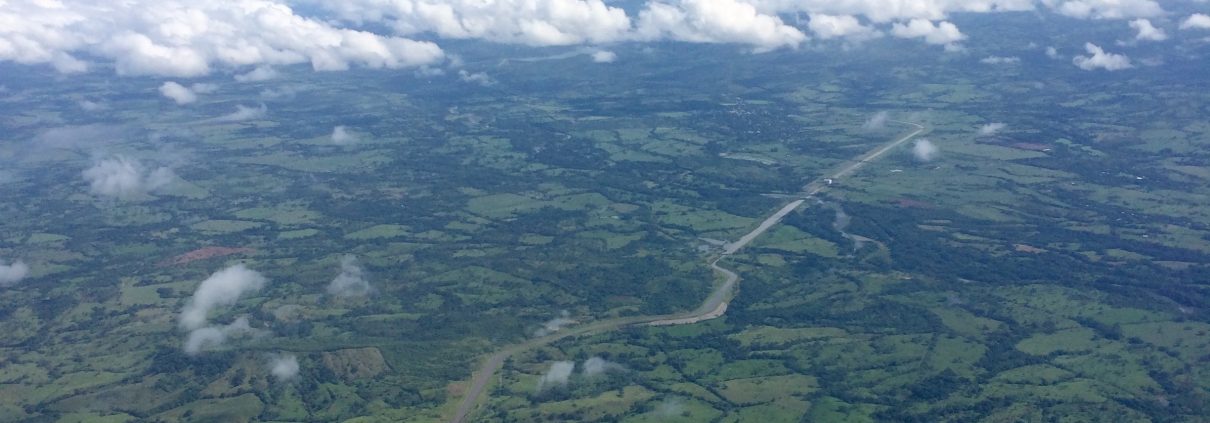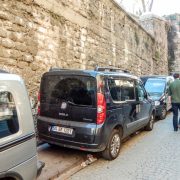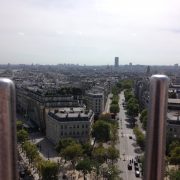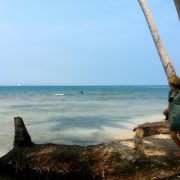The Beauty of Place
By Shafaq Choudry, MURP ’16 & International Practice Pathway Fellow
Shortly after arriving in Panama City after a fun-filled family reunion in ATL (and convenient non-stop flight to Panama), I looked at the bright blue dot on Google Maps with complete wonder. Wow, now I could understand why Spaniards (later the French) dating back to the 1500s saw tremendous potential in Panama’s strategic location. A sliver of land connects North America and Central America to South America and truly is a central hub. I quickly began strategizing what other cities and countries I could explore as I zoomed in and out of Latin America. Bogota and Medellin have been on my radar for their innovation in design, public art, BRT transportation and housing policies. Why not hop around and get a taste over the weekends?
When I try explain to friends, family and sometimes strangers eager (slash willing) to hear about my initial plans to go on a Latin American “can’t stop won’t stop” trip that eventually turned into a Panama-only fly zone, I begin by saying, I was hooked. The seven provinces that encompass Panama are rich in culture, geography, and diversity had successfully grabbed my travel hungry attention and focused it within the country. This was in large-part due to the level of enthusiasm Panamanians shared when talking about the country’s mountains, valleys, wildlife and crystal clear beaches. Pretty soon my planning efforts were directed to hiking along La India Dormida, visiting coffee farms and rainforest trails in Boquete, Chiriqui and snorkeling with rainbow fish in San Blas.
Each region represents another side and quality of Panama’s region and peoples that created a vast perspective of what this country has to offer to a visitor or local. All the beauty found in the places visited and people I met helped me understand why I had not met Panamanians before. According to the Migration Policy Institute, the United States is home to over 2.9 million Central Americans with the majority from Guatemala and El Salvador. According to my colleagues from work, if Panamanians do decide to leave for educational purposes (like most of my friends and tour guides did), they will come back to the motherland.
During the majority of my high school and college life, I held onto a strong desire to go back and live in my birth country, Venezuela. My summer was spent in a region that is geographically a stone throw away from where I grew up and part of the reason why I felt at home. Panama is now home to a growing Venezuelan population due to county’s political and economic shifts. With that in mind, I was left wondering what the future possibilities can hold for an Urban Planner dedicated to both homes- the U.S. and Latin America.












Leave a Reply
Want to join the discussion?Feel free to contribute!